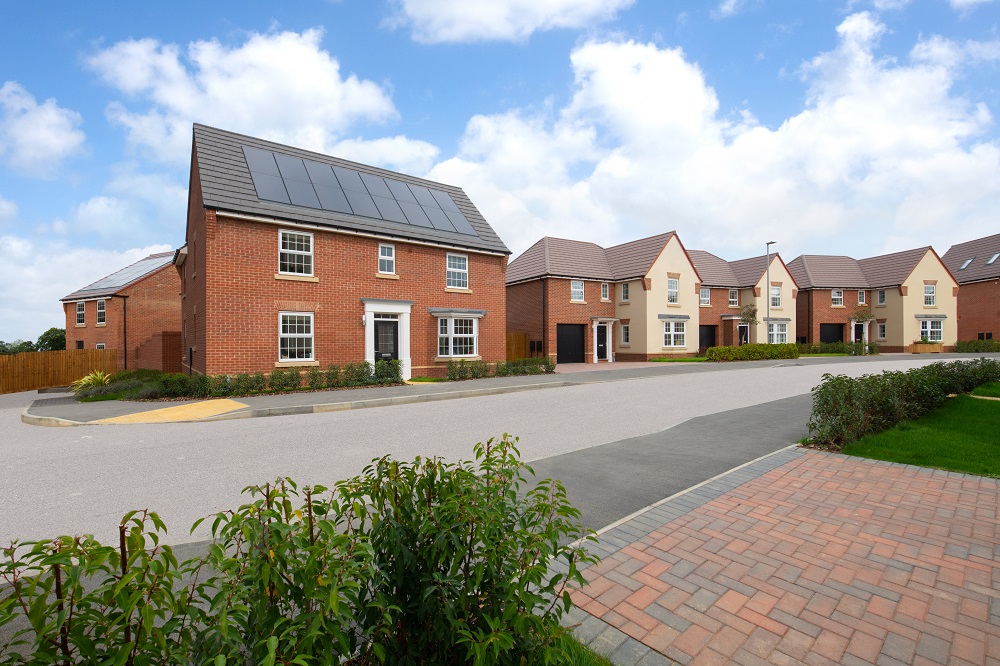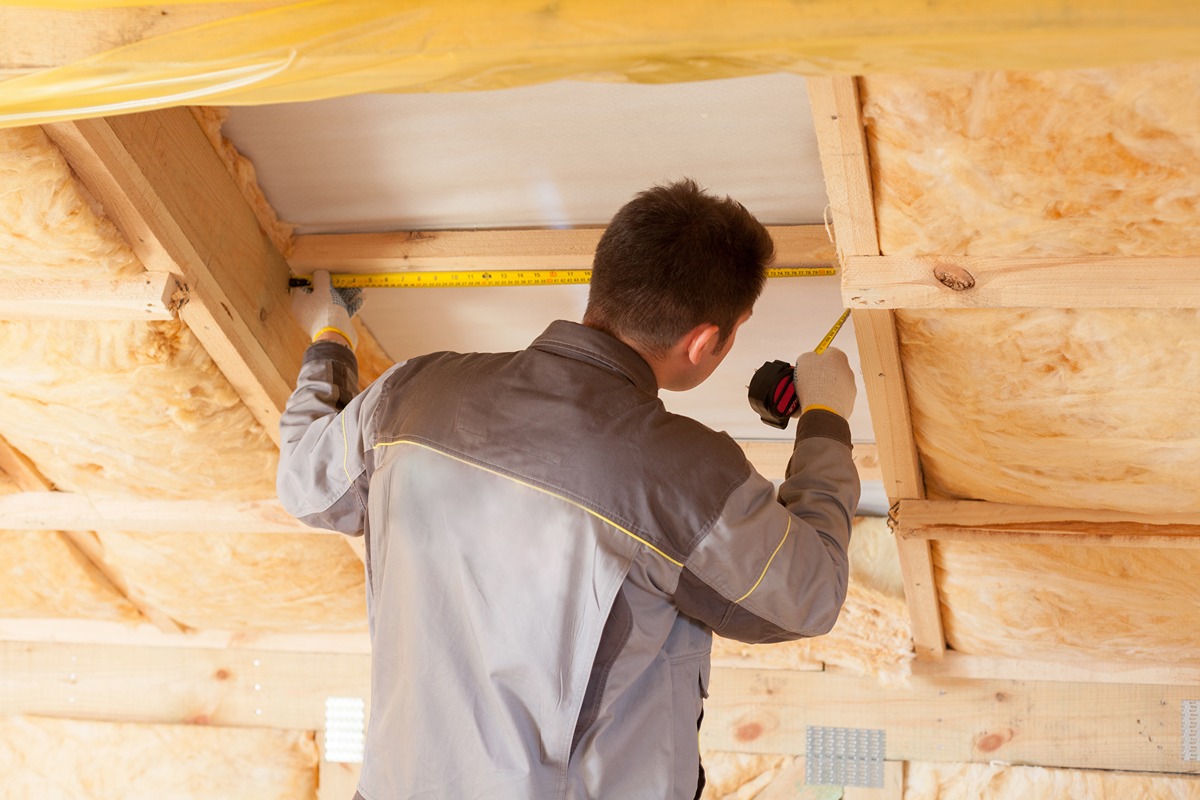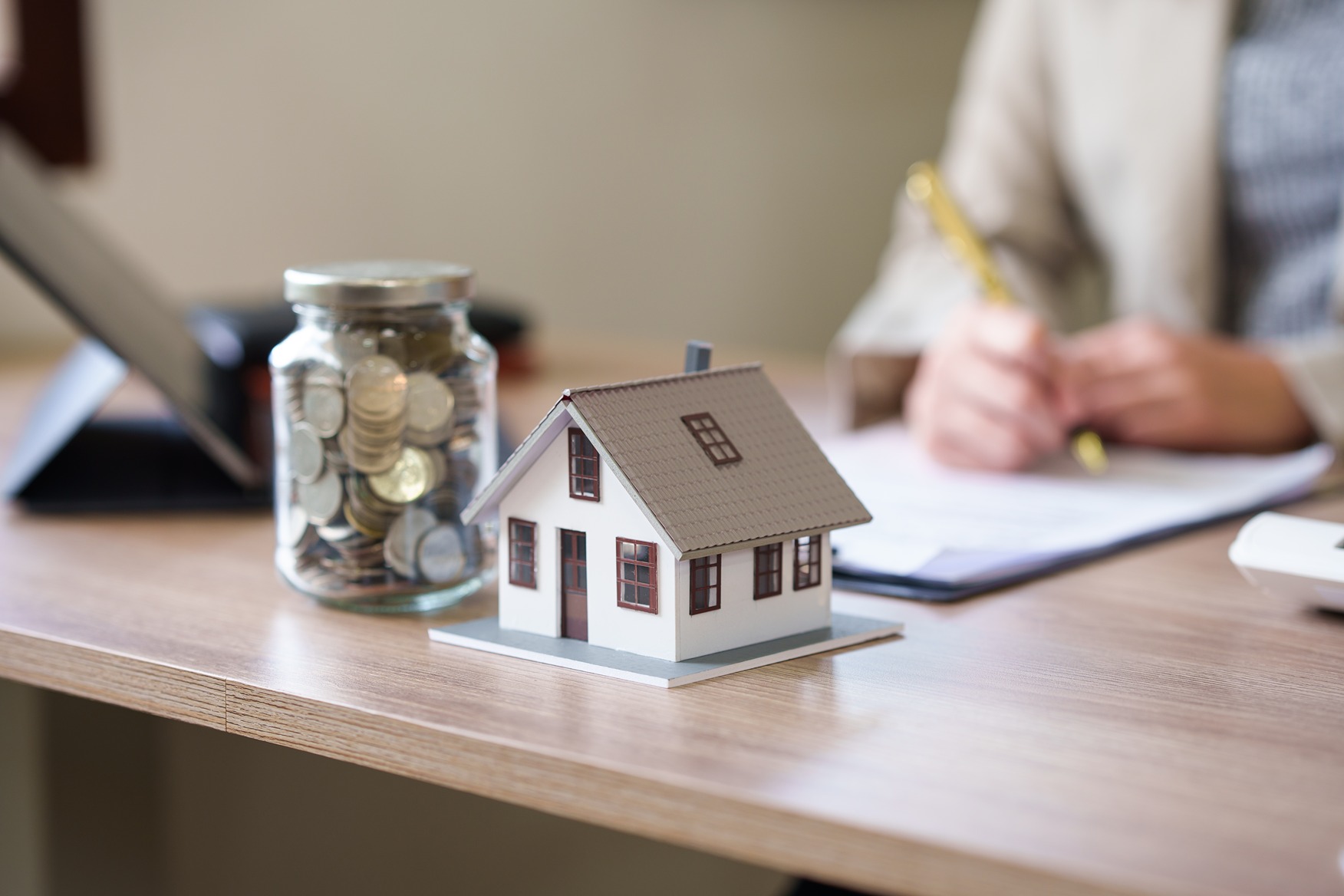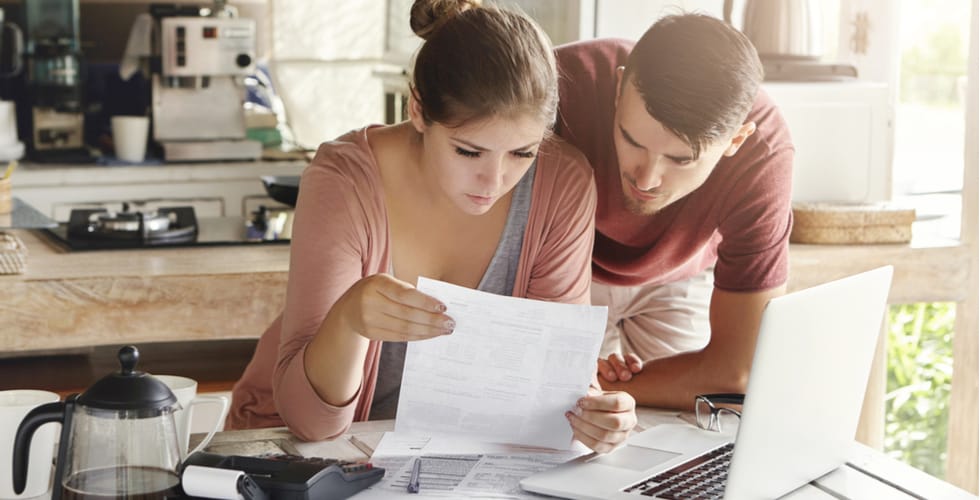/dwhem-ashlawn-gardens-streetscene-210521.jpg)
EPC Guide
What is an Energy Performance Certificate?
The Energy Performance Certificate (EPC) was introduced in 2007 to rate a property’s energy efficiency, estimate carbon dioxide emissions and suggest ways to reduce them.

Do I need an EPC?

You need an EPC if you’re considering selling or renting your home. If you’re using an estate agent, they can arrange your EPC, or you can use specialist assessors to get the certificate. When complete, your EPC will be included in the National EPC Register and shared with potential buyers and tenants.
We’ll give you your EPC if you buy your new home with David Wilson Homes.
What homes don't need an EPC?
Properties that don’t need an Energy Performance Certificate include the following:
- Homes lived in by landlords who rent out a room
- Listed buildings
- Holiday homes let out for less than four months a year
- Temporary buildings used for less than two years
- Places of worship
- Agricultural buildings with low energy consumption

How can I get an EPC?
EPC assessors or Domestic Energy Assessors will evaluate your property’s energy performance. The EPC rating will depend on how much energy is used per m² and the level of carbon dioxide emissions.
How long is an EPC valid?
EPCs are valid for 10 years once issued. You won’t need a new one until it expires, you sell your property or start a new tenancy.
How much does an EPC cost?
Getting an Energy Performance Certificate can cost up to £120. You can get a cheaper deal directly from a domestic energy assessor.
How long does an EPC assessment take?
An EPC assessment typically takes 30 to 40 minutes, but this may vary depending on your property type and size.

What does an EPC contain?
• Current and potential energy costs
• Property energy efficiency rating
• Recommendations
• Summary
Current and potential energy costs
The first part of your EPC includes general information about the property, its assessment date and a reference number for inquiries. It also estimates your property’s current and potential energy bills. These costs don’t include any additional energy costs from home appliances.
If you’re buying a property, you can look at this part of the EPC to understand its energy costs and what you could do to improve energy efficiency.
Property energy efficiency rating
This section includes energy efficiency ratings (A-G) and an Environmental Impact Carbon Dioxide rating. The closer to an A for efficiency, the lower the running costs. This part of an EPC also shows how much you can reduce CO2 emissions with a lower efficiency rating.
Recommendations
This is one of the most important parts of an EPC, providing energy-saving advice. The section outlines potential energy costs and your savings over three years if you make the recommended changes.
Summary
This part of an EPC summarises your property’s features, including walls, windows, floors and heating, before rating them.
What do EPC ratings mean?
EPCs have two charts of ratings. The rating bands range from A to G (with A being the most efficient and G being the least). The charts outline a property’s current and potential ratings, including how your energy efficiency might improve if you make the recommended changes.
The numbers in each rating reflect the government’s Standard Assessment Procedure (SAP) and go from 1 to 100 SAP points. The bands are divided into scores as follows:
- EPC rating A: 92-100 SAP points (most efficient)
- EPC rating B: 81-91 SAP points
- EPC rating C: 69-80 SAP points
- EPC rating D: 55-68 SAP points
- EPC rating E: 39-54 SAP points
- EPC rating F: 21-38 SAP points
- EPC rating G:1-20 SAP points (least efficient)
Our brand-new homes have either A or B ratings, meaning they are highly energy-efficient.


What can I do to improve my EPC?
• Install insulation
• Upgrade to windows with double glazing
• Install solar panels
• Switch to low-energy lighting
Insulation
Insulating your walls, floors, loft, and roof lets you reduce your heating use and reduce energy costs.
Double glazing
Double-glazed windows mean less need for heating, as more warmth is trapped inside your home.
Solar panels
Solar panels produce fewer emissions, greener energy and have low maintenance costs.




